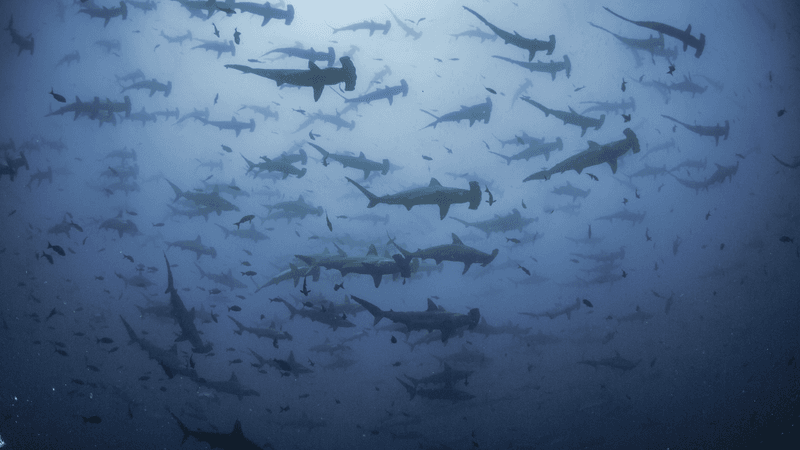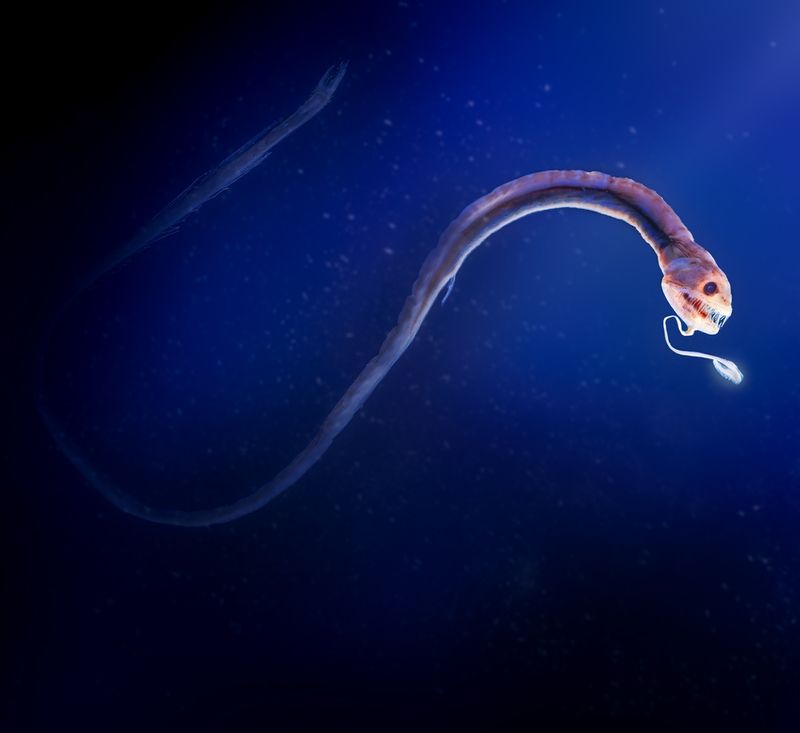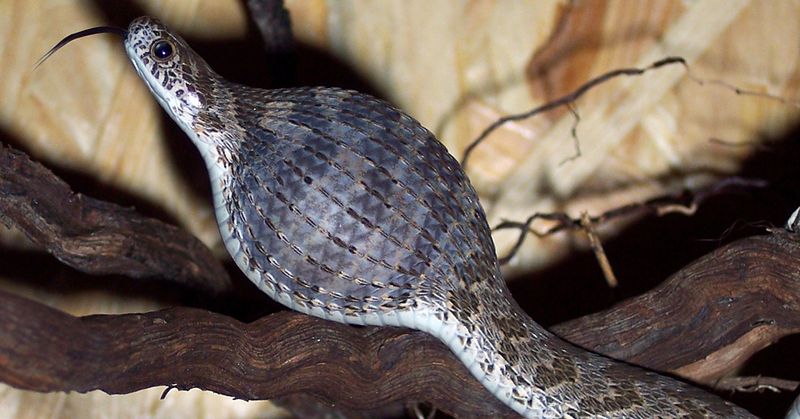Some of the rarest and most endangered sharks on Earth appear to be influenced by lunar cycles, as they have been observed gathering in enormous numbers during the full Moon. Exactly why these Moon hangouts are taking place is something science has yet to pin down, but research into the phenomenon has turned up some fascinating insights.
The great hammerhead shark (Sphyrna mokarran) was the subject of a study that set out to learn more about how these animals behave in the Central Pacific. Adopting a non-invasive methodology, they snapped pictures and measured the hammerhead sharks in two key regions of French Polynesia: the Rangiroa atoll and the Tikehau atoll.
Large numbers of these normally rare hammerhead sharks were seen here during the summers of 2020 and 2021, and curiously they were mostly adult females. If it were a case of spawning like the mass aggregations of Nassau groupers that gather during the week of the full moon, you’d expect more of a blend of sexes, so what is it about the full Moon that gets these female sharks in the party mood?
The full Moon also attracts the ocellated eagle ray, Aetobatus ocellatus, a fellow Moon sign girlie the hammerheads had no qualms chomping up. Great hammerheads are known to migrate in tandem with food availability, and given the reliability with which they crop up annually, this could be a feeding opportunity the sharks have learned to capitalize on.
“The gathering of A. ocellatus is thus a predictable event that sharks could try to intercept, indicating that predation is a likely driving factor of the seasonal presence of great hammerhead sharks,” explained the authors. “Few studies have been conducted on A. ocellatus in French Polynesia, however social gathering of schools of rays is a behaviour known to be linked to reproduction phases in the genus Aetobatus.”
“It would thus explain the variation in numbers of ocellated eagle rays in the pass and consequently the number of predators, as mating pairs would be easier prey for great hammerhead sharks inside the lagoon. However, this correlation between the number of great hammerhead sharks and ocellated eagle rays should be interpreted with caution as environmental and other biotic factors could drive increase and variation in the abundance of both species.”
The full Moon coincides with a time known in Polynesian culture as Matari’i i ni’a, which represents a season of abundance. In this first glance into hammerhead behavior in the region, it seems that like humans, sharks take advantage of Matari’i i ni’a to meet the needs of their life cycle. We may not know yet what appeal the “shark side of the Moon” holds for these animals, but it’s a fascinating first glance into the behavior of one of our ocean’s most peculiar predators in this part of the world.
The study is published in Frontiers in Marine Science.




